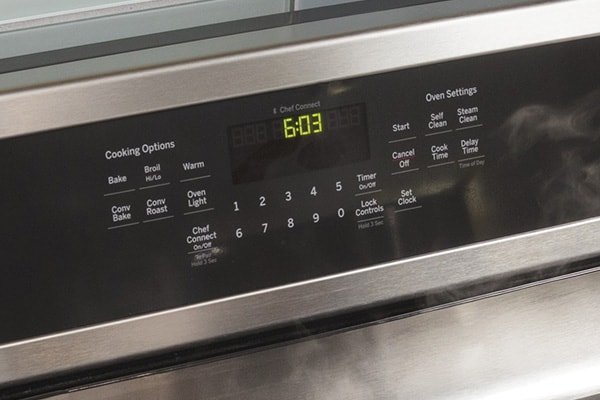
The F1 error code is a little nudge from your microwave telling you there might be an issue with its internal temperature sensor or control board. Imagine the microwave as a car, and the temperature sensor as the speedometer. If the speedometer isn’t working, you might speed without knowing it. Similarly, if your microwave’s temperature sensor isn’t functioning, it can’t properly manage its heating cycles. But don’t let this technical talk intimidate you; we’ll break it down step by step so you can easily understand what’s going on and how to potentially fix it.
Understanding the F1 Error Code
So, what exactly does the F1 error code mean in the context of GE microwaves? In the simplest terms, it usually relates to a failure in the microwave’s built-in temperature sensor or a glitch in the electronic control board. Think of the control board like the brain of your microwave. When the brain isn’t sending the right signals, it can’t tell the heating elements what to do, much like a conductor with a faulty baton trying to lead an orchestra.
Now, you might be wondering if this is something you can fix on your own or if you need to call in the professionals. Typically, the F1 error can sometimes be resolved with a simple reset, just like rebooting your computer when it’s acting up. This can clear out any minor software glitches causing the problem. However, if the code persists, it’s likely signaling a more serious issue needing a technician’s attention, as it might require checking or replacing internal components.
Before you panic or rush to the nearest repair shop, consider a few more things. Has your microwave been exposed to unusual conditions like power surges or maybe a spill? Sometimes external factors can mess with the internal workings of your microwave, leading to these error codes. If you suspect an external cause, addressing that could prevent future issues from cropping up.
How to Troubleshoot the F1 Error Code
Here’s the deal: dealing with an F1 error code doesn’t have to be an overwhelming process. First things first, ensure your microwave’s plugged in correctly and hasn’t suffered any recent power disruptions. Similar to when a smartphone acts up, simply unplugging and replugging your microwave might just do the trick, resetting whatever minor hiccup was causing the issue.
If unplugging doesn’t solve the problem, it may be time to take a closer look under the hood—or at least, as far as you safely can as a DIY enthusiast. The next step would be to inspect the microwave’s door and latch mechanism. Sometimes, the F1 error could stem from an improperly closed door, which signals the control board to halt operations. Check to ensure nothing is blocking the door and that it’s latching securely.
When the simple fixes don’t pan out, consider seeking professional help. A licensed technician can take apart the unit and determine if the temperature sensor or control board needs replacement. Trying to replace these parts yourself without the proper know-how can be risky and might even void any remaining warranty on the appliance.
Preventing Future Error Codes
Wouldn’t it be great if you could avoid seeing that pesky F1 error ever again? While no appliance is foolproof, keeping your microwave in tip-top shape can reduce the likelihood of issues. One tip is to regularly clean your microwave, both inside and out. Built-up grime can affect the sensor and other components, similar to how dust in a computer can cause it to overheat and crash.
Additionally, avoid overloading the microwave or using it to heat large, dense items that can stress the heating elements. Consider the microwave like a reliable but sometimes finicky friend. It works best without being pushed to its limits continuously. Also, investing in a surge protector can shield your microwave from electrical surges that might damage its internal components.
In conclusion, while the F1 error code can be an inconvenient and confusing issue, it doesn’t spell doom for your trusty microwave. By understanding what it means, trying a few troubleshooting steps, and maintaining the appliance well, you can keep it running smoothly for years to come. And remember, when in doubt, professional help is only a phone call away to keep you and your microwave on good terms.